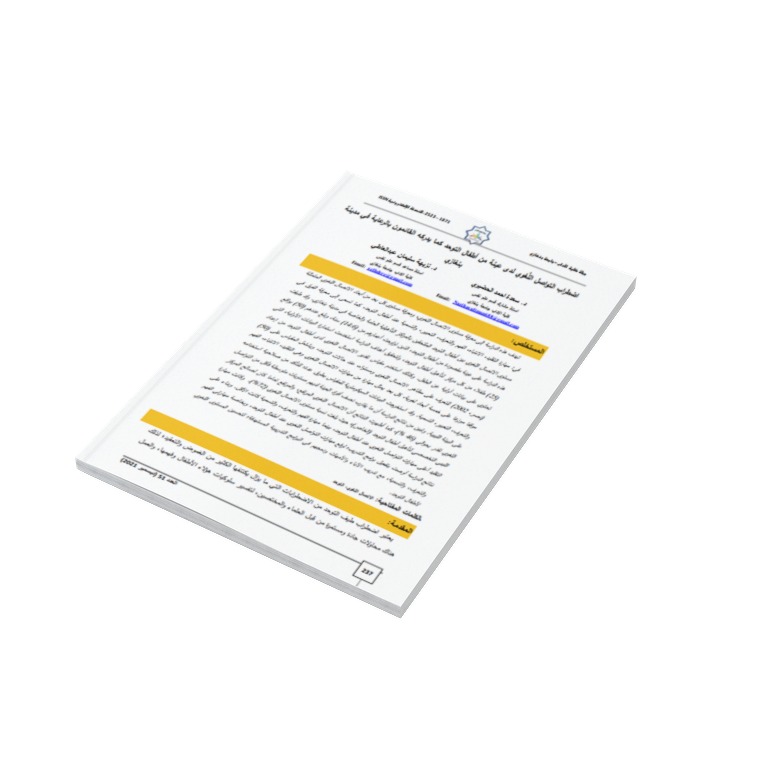Language communication disorder for Autistic children as perceived by caregivers in Benghazi city
DOI:
https://doi.org/10.37376/jofoa.vi51.2778Keywords:
الاتصال اللغوي، التوحدAbstract
The aim of the present study is to identify the level of language communication skills among autistic children, and to identify the level of communication skill dimensions represented in imitation, attention, understanding and recognition, expression, and naming. In addition, it aims to identify the differences in the level of language communication skills between autistic children enrolled in public and private rehabilitation centers in the city of Benghazi. Fifty autistic children ranging in age from 6 to 14 years were selected from the rehabilitation center of autistic children. demographic characteristics were collected by an information sheet, and children were assessed by the Language Communication Skills Assessment Scale for the Autistic Child. The scale included 50 situations distributed over five language dimensions, each dimension possessing one of the language communication skills, namely imitation, attention, understanding and recognition, expression, naming, after the data was collected and analyzed, the findings of the study revealed that nearly half of the autistic children have medium and minimal levels of language communication, estimated at about (46%). Also, the results of the study showed that the high and very high levels of language communication skills was in favor of the private Center for the Rehabilitation of Autistic Children, where the percentage of the level of language communication reached (72%). The skill of imitation was the highest language communication skill among the children, while the skill of understanding recognition, and naming was the lowest. Based on the results of the study, it recommended activating training programs to raise the language communication skills of autistic children, especially the skills of understanding recognition, and naming, while aiming integrating and training parents in training programs to improve the child's language level.
Downloads





